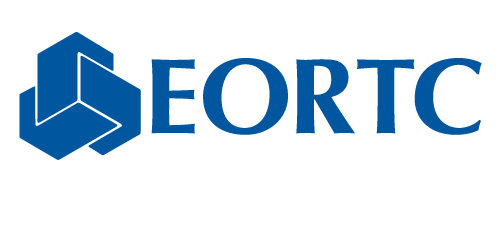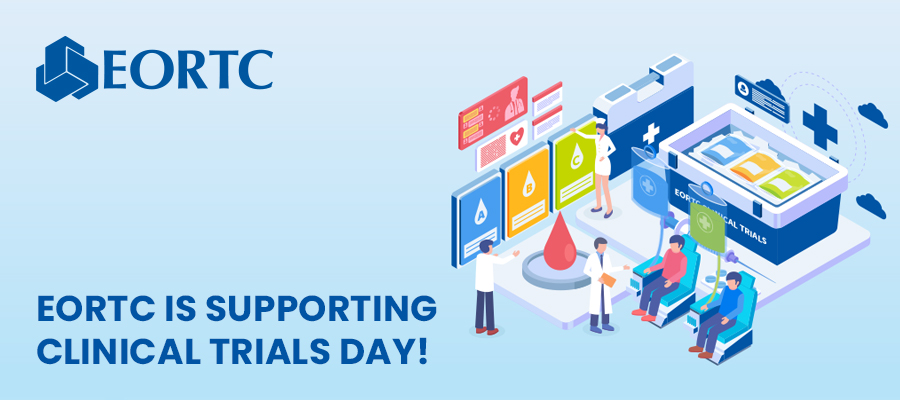Evolutions in Oncology Clinical Trials
20 May 2020
The most elaborate approach is seen in trial EORTC-1559-HNCG, titled “A pilot study of personalized biomarker-based treatment strategy or immunotherapy in patients with recurrent/metastatic squamous cell carcinoma of the head and neck (UPSTREAM)” where after initial testing of tumor material, patients are allocated to one of the currently open six biomarker-driven patient cohorts. Each of these cohorts has its own design (some randomized, some not). Patients for who no target in the six categories is identified are randomized in another randomized cohort of the study, where immunotherapy is being tested.
In EORTC Intergroup Study 1634-BTG (NOA-23), titled “Personalized Risk-Adapted Therapy in Post-Pubertal Patients with Newly Diagnosed Medulloblastoma (PersoMed-I)”, patients are categorized according to the 2012 consensus classification paper. The core group of the trial is one of the four consensus groups, called SHH. These patients are randomized between a personalized intensity-modulated therapy (experimental arm; sonidegib) and standard therapy (modified NOA-07). Eligible patients not belonging to the SHH molecular subgroup (those in the WNT and ‘group 4’ subgroups) are also followed as part of the clinical trial. Their safety information at different doses of radiotherapy is used as additional control for the randomized analysis in the SHH subgroup.
EORTC 62113-55115, titled “A randomized double-blind phase II study evaluating the role of maintenance therapy with cabozantinib in High Grade Uterine Sarcoma (HGUtS) after stabilization or response to doxorubicin +/- ifosfamide following surgery or in metastatic first line treatment” is a rare cancer trial (IRCI) led by EORTC GCG & STBSG and including the NHS GGC group. Patients are registered during their 1st line doxorubicin +/- ifosfamide chemotherapy and need to have confirmed CR, PR or SD at the end of this treatment in order to be randomized. However, patients who progress (or otherwise not complete the 1st line treatment) are still followed for survival even though they are not eligible for maintenance treatment which forms the primary objective of the trial. This is done as HGUtS is a rare cancer so the information gained on the prognosis of these patients is still a valuable addition to medical knowledge.
Similar ideas to follow and/or randomize additional patient groups are taken forward in developing studies at EORTC. These studies are not enrolling yet, and thus it is too early to report on them.
In each of these trials, steps are taken to take advantage of the clinical trial setting, while embedding both the screening phase of the trial, and the results of the trial in the larger setting of the clinical situation. Thus such approaches can be seen as a modification that addresses external validity and applicability of the trial in the later ‘real’ application.
Related News
EORTC: Advancing research and treatment for rare cancers
29 Feb 2024
EORTC Fellowship Programme: celebrating more than 20 years of impactful collaboration
22 Feb 2024
Appointment of Malte Peters as EORTC Strategic Alliance Officer
9 Feb 2024
Unique series of workshops in partnership with the European Medicines Agency (EMA)
7 Feb 2024
EORTC launches a prominent clinical trial in older patients with locally advanced (LA) HNSCC (Head and Neck Squamous Cell Carcinoma)
14 Dec 2023
Seven IMMUcan abstracts selected for ESMO Immuno-Oncology Congress 2023
6 Dec 2023
EORTC Quality of Life measures integrated in CDISC
20 Nov 2023
EORTC and Immunocore are collaborating to launch the ATOM clinical trial of tebentafusp in Adjuvant Uveal Melanoma
7 Nov 2023
Treatment with decitabine resulted in a similar survival and fewer adverse events compared with conventional chemotherapy in older fit patients with acute myeloid leukaemia
31 Oct 2023
New results and forthcoming EORTC trials in rare cancers, lung, head and neck, and breast carcinomas presented at ESMO 2023
20 Oct 2023


